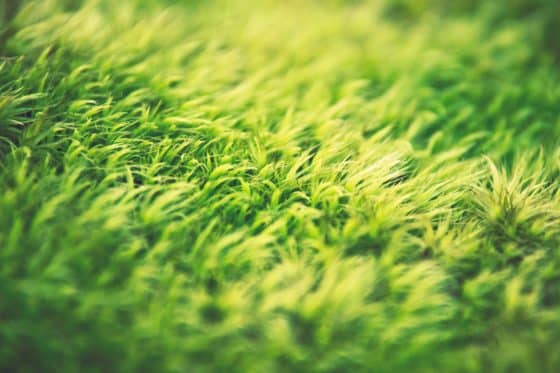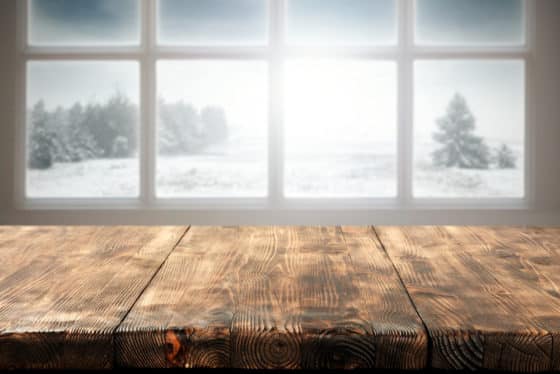
Just How Eco-Friendly is Artificial Grass?
It’s true artificial grass has come a long way. Its benefits are so apparent that a lot of people have started to use it in their lawns.
One of the biggest advantages of synthetic grass is its flexibility. While it’s perfect for gardens and lawns, artificial grass can be used for a lot of other applications too. Balconies, patios and pathways, caravans, staircases, play area, etc. — these are just some of the places where you can use it.
Indeed, the possibilities are endless!
Despite all that, some people are still hesitant about doing the switch. The argument of real vs fake grass is ongoing. But perhaps, the biggest question of all is this: is it safe for the environment? Is it an eco-friendly option?
Read on to find out and judge for yourself if you think it is or isn’t eco-friendly.
Water usage
Real grass needs water, that’s a fact.
And it needs a lot of it, especially during the growing and summer seasons. On the other hand, artificial grass doesn’t. It probably does need some, but it’s rare. If anything, you only need to hose down your synthetic turf once in a while to remove dirt and dust or, perhaps, if your pets used it to do their ‘thing’.
Everyone knows how important it is to conserve and use resources wisely so artificial grass scores a point in this department. However, some people have claimed fake grass still needs plenty of water during the summer. That’s because it’s made of plastic and it can become pretty hot under the scorching heat of the sun.
Natural grass tends to remain cool though even in summer. But who knows, maybe a new kind of fake grass will be made in the future to address this issue.
Recycling is not an option
Another argument of those who are against artificial grass is that it’s not recyclable. Artificial grass can last up to a good 25 years. But if it’s not recyclable when it comes to its end of life, it’ll end up in landfills — creating more waste.
However, this is not entirely true since not all artificial grasses are created equal. In fact, some are made using materials that are recyclable. And although the backing/tuft bind is the only part that isn’t, it can easily be melted down to create new products.
Reduces carbon emissions
Maintenance equipment is required to keep real grass healthy and beautiful. Lawn mowers, strimmers, scarifiers, etc. — all of them use fuels like petrol and diesel. You see, the use of fossil fuels in everyday living emits greenhouse gases.
And these greenhouse gases are not good for the environment.
This is where artificial grass comes in. You don’t have to trim or do anything to it since it will look luscious and green from day one. This means you don’t have to use any equipment that depends on fuel to function. The result? You reduce your carbon footprint.
Artificial grass is never toxic
Another advantage of synthetic turf over the real one is it will never be toxic. That’s because you don’t need to use weedkillers, pesticides, fertilizers and herbicides to protect it. Real grass though, needs them to make sure it’s protected from pests and diseases.
These chemicals are harmful to both humans and animals (especially if you have pets). Not only that, they can damage the environment in ways you probably didn’t think were possible. The risk lies when the harsh chemicals find their way into local water sources like rivers, ponds and streams.
This can happen through surface water runoff.
Once these harsh chemicals reach local waters, they can potentially damage animal and marine wildlife. Excessive amounts of toxins can also cause algae to populate rivers and streams, killing fish and vegetation in the process. Just imagine how dangerous it is if these toxins also found their way into your drinking water.
It’s not living vegetation
This one is true. Artificial grass doesn’t absorb carbon dioxide and release oxygen. Natural grass also provides habitats for living creatures like insects, plants, and other organisms which are essential to break down and recycle organic and inorganic products that fall into the grass.
But it’s also for this very reason why you will never have any problem with pests and insects in your artificial grass since they wouldn’t be able to survive under these conditions. Then again, you don’t have to just settle for synthetic turf all the way. After all, you can still choose your favourite plants, flowers, and bushes to compliment your green lawn.
Manufacture, transport, and installation
It’s still worth noting artificial grass is not 100% carbon emission free. Here’s why:
During manufacturing, it still contributes to carbon emissions, and natural resources are also used. Most fake grass is made overseas which means it has to travel long distances using fossil fuels emitting harmful gases.
And that’s not the end of it. Artificial grass needs a flat surface where it can be laid out. Otherwise, machinery is needed to level the ground before installation. These machines also use fuels to run and operate.
Soil regeneration
It takes thousands of years for topsoil to develop but it can easily be lost through erosion, either by wind or water. Natural grass helps significantly in preventing this from happening. That’s because real grass sends many fine rootlets into crevices of the soil where they grow and, as they decay, add organic matter to the soil.
Unfortunately, it is recommended the soil be heavily compacted and leveled before any synthetic grass is installed. This process damages the structure of the soil and kills soil microbes. It can also potentially damage the roots of trees within the area.
Capturing rainwater
Synthetic grass doesn’t absorb water, unlike its counterpart. What it does is it simply drain it through the surface or along the ground into storm sewers. What’s nice about this is an infrastructure can be made or set up to harvest the water runoff.
The harvested water can then be used for other purposes such as watering plants and trees. While it can require a significant amount of money to create, it’s worth noting it is an eco-friendly possibility.
Conclusion
As you can see, artificial grass has its pros and cons as to how eco-friendly it is. The same thing goes for real grass, too. If anything, synthetic grass is far from being perfect, but who knows? As manufacturers continue to improve the way it’s being made, there might come a time when artificial grass will become 100% safe and friendly to the environment.
Author Bio
Emma is a part-time property developer who loves sharing how others can make their homes amazing both inside and out on her blog Fixtures and Flowers. You can chat with Emma on Twitter.
2 Comments
-
Chris
This didn’t seem very bio friendly to me. Digging up an organic product to replace with plastic. Doesn’t even seem to acknowledge that some people don’t use toxic chemicals on their yards.
Comments are closed.




Keith
I am interested